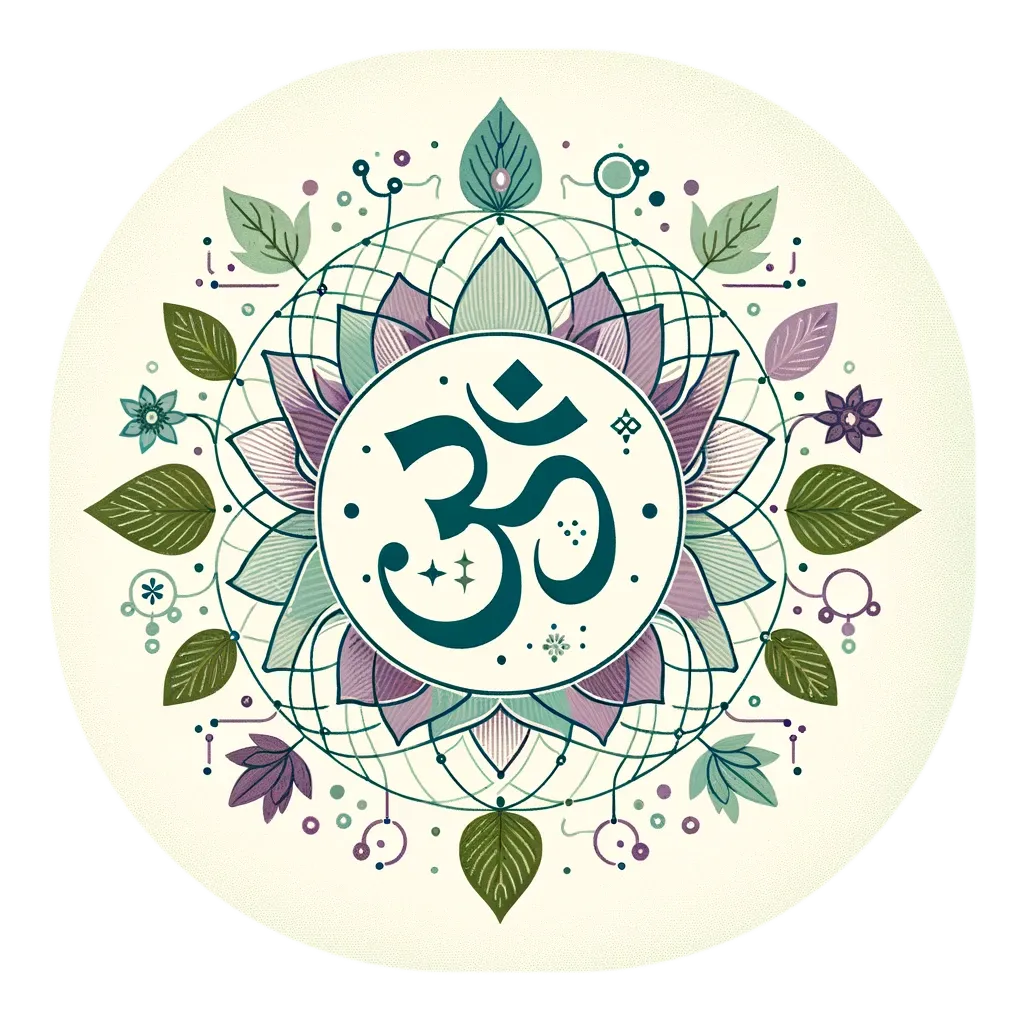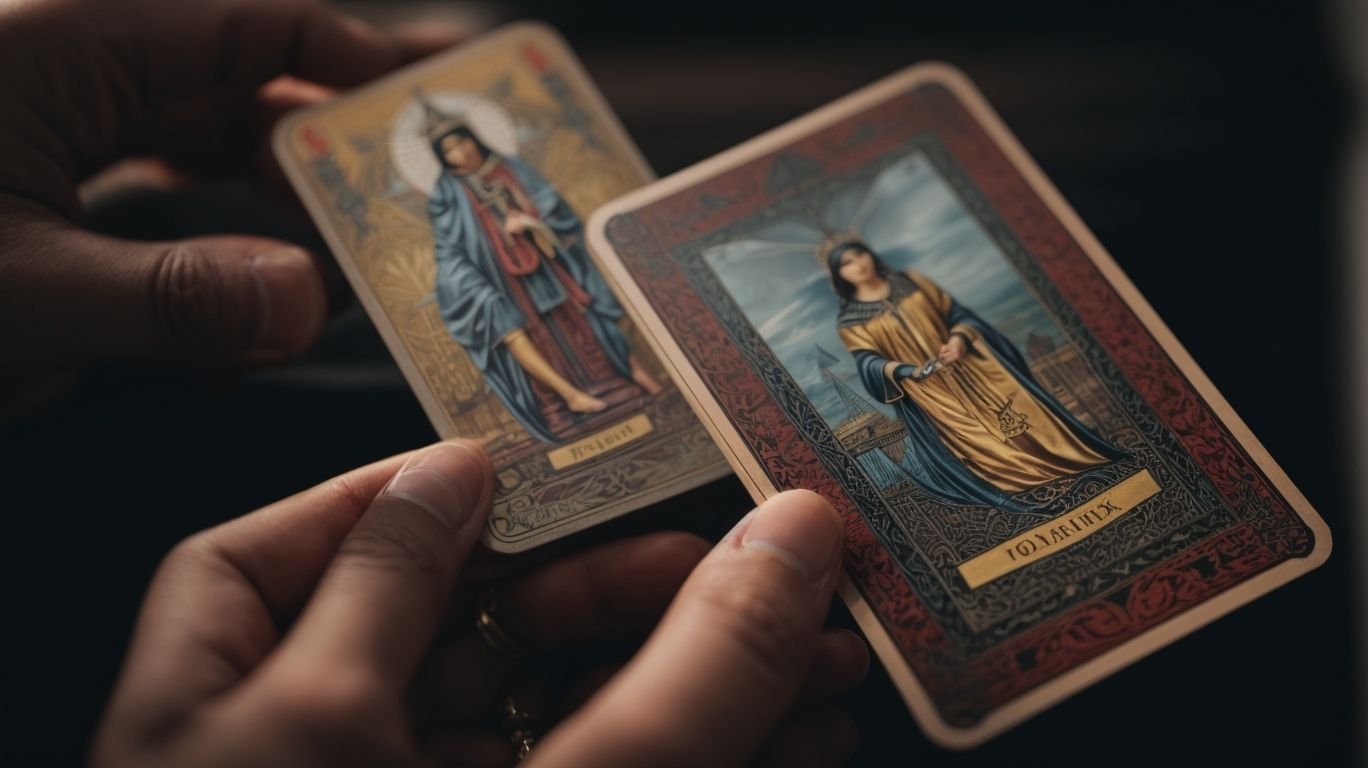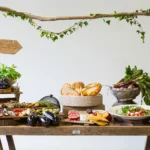From the history of Tarot to different types of Tarot decks, basic Tarot spreads, and tips for interpreting the cards, we’ve got you covered. Whether you’re a beginner looking to explore Tarot for self-reflection or growth, or just intrigued by this ancient practice, this article will provide you with all the information you need to get started.
What Are the Different Types of Tarot Decks?
There are various types of tarot decks available, each with unique characteristics and symbolism, such as the Rider-Waite, Marseille, Thoth, and Oracle decks, featuring distinctive artwork and interpretive styles.
The Rider-Waite tarot deck, created by A.E. Waite and Pamela Colman Smith, is one of the most popular and widely used decks, known for its iconic symbolism and vivid imagery.
On the other hand, the Marseille tarot deck, with its roots in 18th century France, focuses more on numerical and elemental symbolism, offering a more structured and traditional approach to readings.
Each deck has its own system of symbols and colors, allowing for a deep exploration of the subconscious and spiritual realms during tarot readings.
Rider-Waite Tarot Deck
The Rider-Waite Tarot deck is one of the most iconic and widely used decks, known for its rich symbolism, classic imagery, and beginner-friendly approach to learning tarot interpretation.
The deck was first published in 1910 and has since become a staple in the world of tarot reading. Its creator, Arthur Edward Waite, collaborated with artist Pamela Colman Smith to design the deck, ensuring that each card was infused with intricate symbols and meaningful imagery. The images on the cards are steeped in tradition, making them easy to interpret for both newcomers and seasoned practitioners. The deck’s structure and symbolism have been influential in shaping modern tarot readings, offering a foundation for exploring deeper spiritual insights.
Marseille Tarot Deck
The Marseille Tarot deck follows a traditional French style with intricate pips and rich historical roots, making it a popular choice for readers looking to explore the nuances of the Minor Arcana in tarot readings.
Dating back to the 16th century, the Marseille Tarot deck is known for its distinct artistic flair and adherence to traditional tarot symbolism. The deck consists of 78 cards, including 56 Minor Arcana cards that depict scenes with simple yet symbolic illustrations. Each suit in the Minor Arcana – Cups, Swords, Coins, and Wands – carries its own unique energy and significance, offering deep insights into everyday aspects of life. The Marseille deck’s emphasis on tradition and structured design makes it a valuable tool for those seeking a more classic approach to tarot readings.
Thoth Tarot Deck
The Thoth Tarot deck, created by Aleister Crowley, embodies esoteric symbolism, intricate astrology references, and a deep exploration of the Major Arcana cards, offering a unique perspective on tarot interpretation.
Crowley’s profound understanding of esoteric principles and his fascination with ancient mystical traditions are evident throughout the deck, infusing each card with layers of symbolism that invite seekers to delve into the mysteries of the universe.
The connection to astrology is paramount in the Thoth Tarot, as each card is intricately linked to specific celestial influences, adding a celestial dimension to the reading. This fusion of astrology and tarot creates a powerful tool for divination and self-reflection, allowing individuals to explore the interconnectedness of the cosmic energies and their personal journeys.
Oracle Tarot Deck
The Oracle Tarot deck focuses on intuitive guidance, personal empowerment, and interpretive flexibility, offering readers a versatile tool for exploring deeper insights and spiritual connections.
Drawing from ancient wisdom and symbolism, Oracle Tarot cards serve as a mirror to one’s subconscious, helping individuals tap into their inner knowing and embrace their true potential. This deck serves as a conduit for self-reflection and personal growth, encouraging users to trust their intuition and make empowered decisions in various aspects of life. The beauty of Oracle Tarot lies in its adaptability, allowing each reading to be a unique experience tailored to the individual’s specific needs and circumstances.
How to Choose a Tarot Deck?
Choosing the right tarot deck is a personal decision that involves connecting with the energy and symbolism of the cards, trusting your intuition, and selecting a deck that resonates with your spiritual journey.
One of the key factors to consider when delving into the world of tarot is understanding the meanings behind different decks. Each deck carries its own unique symbolism and messages, so it’s essential to choose one that speaks to you on a deeper level. By establishing a personal connection with a deck, you open yourself up to receiving intuitive guidance that can help navigate life’s complexities. The energy of the cards should feel aligned with your own vibrations, creating a harmonious synergy that enhances the accuracy and clarity of your readings.
How to Prepare for a Tarot Reading?
Preparing for a tarot reading involves creating a sacred space, engaging in a shuffling ritual, centering your focus and concentration, and setting the intention to receive clear and insightful messages from the cards.
Creating a sacred space involves cleansing the area with sage or incense to rid it of any negative energies that may interfere with the reading. When shuffling the cards, focus on transferring your energy into them, allowing your intuition to guide the process. Meditation before the reading helps clear the mind and establish a strong connection with your inner self, enhancing the receptivity to the messages that come through during the reading.
What Are the Basic Tarot Spreads?
Basic tarot spreads serve as foundational layouts for readings, such as the Three-Card Spread, Celtic Cross Spread, and Past-Present-Future Spread, offering diverse interpretations and insights into different aspects of life.
The Three-Card Spread is favored for quick insights, with each card representing past, present, and future aspects, allowing for easy interpretation of a situation.
On the other hand, the intricate Celtic Cross Spread delves deeper, providing a comprehensive view of the current circumstances, hidden influences, hopes, fears, and potential outcomes.
The Past-Present-Future Spread offers a straightforward approach by focusing on the linear timeline of events, guiding individuals in understanding the progression of their journey through the past, present, and future phases of life.
Three-Card Spread
The Three-Card Spread in tarot readings offers a concise yet powerful way to gain insights into past influences, present circumstances, and future possibilities, providing quick guidance and intuitive clarity.
This structured layout enables the reader to swiftly tap into the energies revolving around the querent.
The first card represents the past, shedding light on events or influences that have shaped the present situation.
Moving to the second card, the reader delves into the current circumstances, offering a snapshot of the present moment.
The third card uncovers potential future outcomes or paths to consider.
This quick and insightful approach allows for a focused interpretation that provides the seeker with valuable guidance and direction.
Celtic Cross Spread
The Celtic Cross Spread is a comprehensive layout in tarot readings that delves into various aspects of life, presenting insights on crossroads, choices, and influential factors with detailed interpretation.
The layout of the Celtic Cross Spread consists of ten cards, each holding a specific placement and significance. The first card represents the querent’s current situation, while the second card reflects the immediate challenge at hand. Moving on, the third card signifies the root cause or foundation of the issue. The fourth card signifies past influences, and the fifth card represents the potential future outcome. This intricate spread allows for a deep exploration of the energies surrounding the querent and offers a roadmap for navigating life’s crossroads.
Past-Present-Future Spread
The Past-Present-Future Spread in tarot readings unfolds the timeline of a situation, providing insights into the evolution of events, influences from the past, current circumstances, and potential outcomes in the future with nuanced interpretation.
This spread serves as a powerful tool for understanding how past experiences have shaped the present and may continue to influence future developments. By examining the flow of time through these three distinct phases, readers can gain a deeper understanding of the connections between different moments and how they build upon each other. The Past-Present-Future Spread encourages reflection on the cyclical nature of life, offering a balanced perspective on the journey from history to the present moment and the possibilities that lie ahead in the realm of time and interpretation.
Interpreting Tarot Cards
Interpreting tarot cards involves understanding the meanings behind each card, trusting your intuition, gaining insights through symbolic connections, and recognizing the universal guidance that transcends individual readings.
By tapping into your intuition, you can unlock deeper layers of significance within the cards, allowing for a more profound interpretation of the messages they hold. Each symbol on the cards carries its own wisdom, inviting you to explore the intricate web of connections between them.
As you delve into the rich symbolism of the tarot, patterns and narratives emerge, offering valuable insights into your current situation and potential paths forward. Through this practice, you not only decode the messages within the cards but also develop a heightened sense of awareness and a deeper connection to the universal energies at play.
How to Use Tarot Cards for Self-Reflection and Growth?
Using tarot cards for self-reflection and growth involves delving into personal insights, empowering transformative changes, recognizing patterns, and connecting with your inner voice to navigate a journey of self-discovery and empowerment.
Through the process of exploring tarot cards, individuals often find themselves uncovering hidden aspects of their subconscious, shedding light on areas that require attention or growth. This practice offers a unique avenue for introspection, enabling one to confront challenges, gain clarity on complex situations, and embrace opportunities for personal transformation.
By tapping into one’s inner voice and intuition, tarot readings can serve as a compass, guiding individuals towards a deeper understanding of themselves and their life’s journey.
Common Misconceptions About Tarot Reading
Common misconceptions about tarot reading often revolve around myths and inaccuracies that cloud the truth behind the practice, hindering clarity, understanding, and the exploration of synchronicities that tarot can offer.
Among the misconceptions is the belief that tarot readings predict the future with certainty, when in reality, they provide insights and guidance based on the present energy and potential outcomes. Tarot serves as a tool for self-reflection and deepening personal awareness, allowing individuals to navigate life’s complexities with a fresh perspective. By offering a mirror to one’s subconscious thoughts and emotions, tarot readings can uncover hidden truths and facilitate a journey of growth and self-discovery.
Frequently Asked Questions
What is tarot reading?
Tarot reading is a form of divination that uses a deck of cards to gain insight and understanding into a situation, question, or person. It is believed to have originated in the 15th century and has been used for spiritual guidance ever since.
What are the basics of tarot reading for beginners?
The basics of tarot reading for beginners include understanding the structure of the deck, learning the meanings of each card, and developing your own personal connection with the cards. It is also important to practice regularly and trust your intuition.
Do I have to be psychic to read tarot cards?
No, you do not have to be psychic to read tarot cards. While some people may have a natural inclination towards intuitive abilities, anyone can learn to read tarot with dedication and practice.
How do I choose a tarot deck?
Choosing a tarot deck is a personal decision. You can go with a traditional Rider-Waite-Smith deck or choose one that speaks to you visually. It’s important to choose a deck that you feel drawn to and comfortable using.
What can tarot readings be used for?
Tarot readings can be used for gaining insight and clarity into various aspects of life, such as relationships, career, personal growth, and decision-making. They can also be used for personal reflection and spiritual growth.
Is there a right way to do a tarot reading?
There is no one right way to do a tarot reading. Each reader may have their own unique style and methods. As a beginner, it’s important to find a method that works for you and feels authentic. Trust your intuition and allow the cards to guide you.





